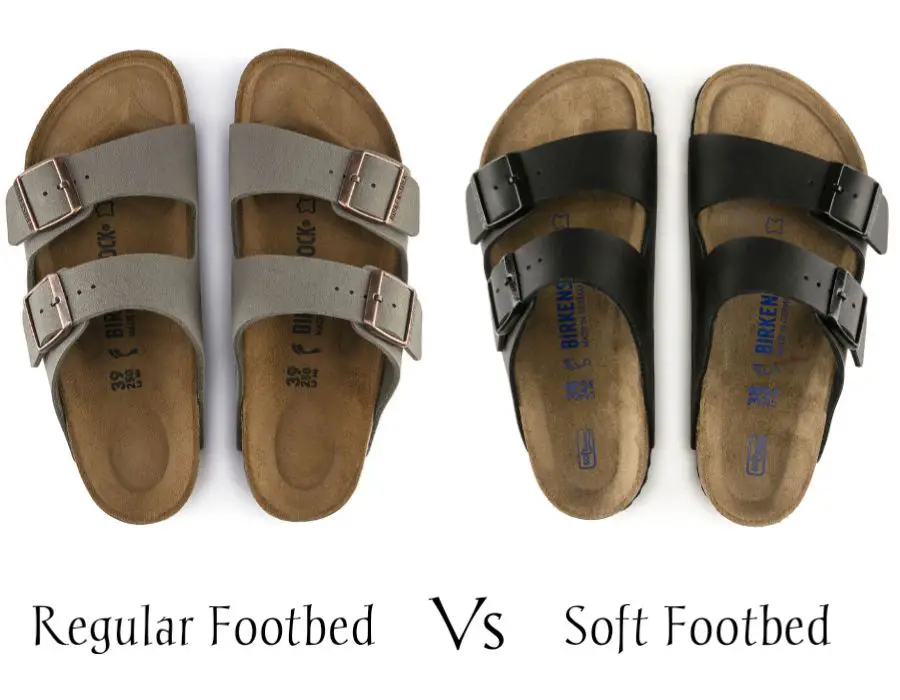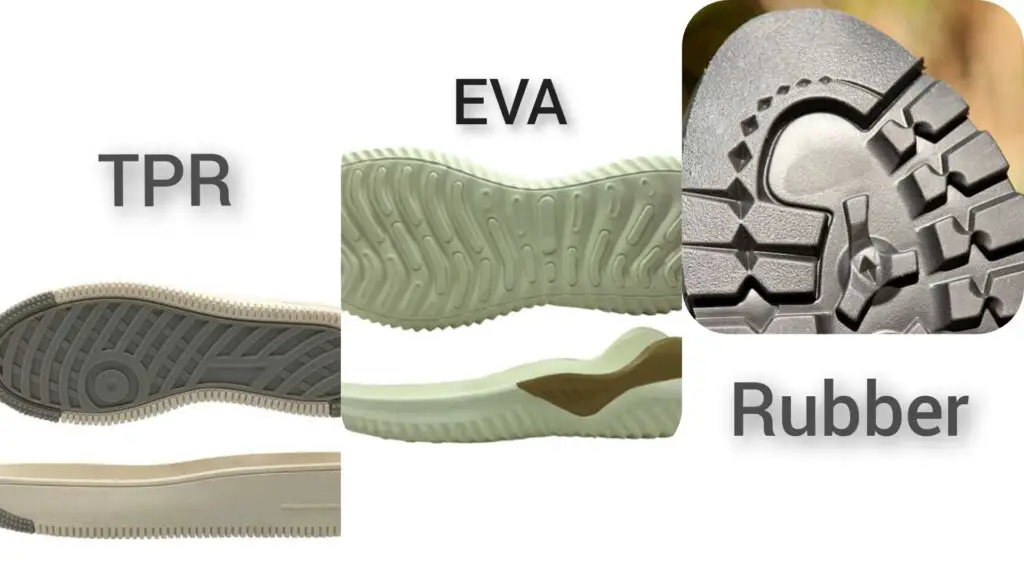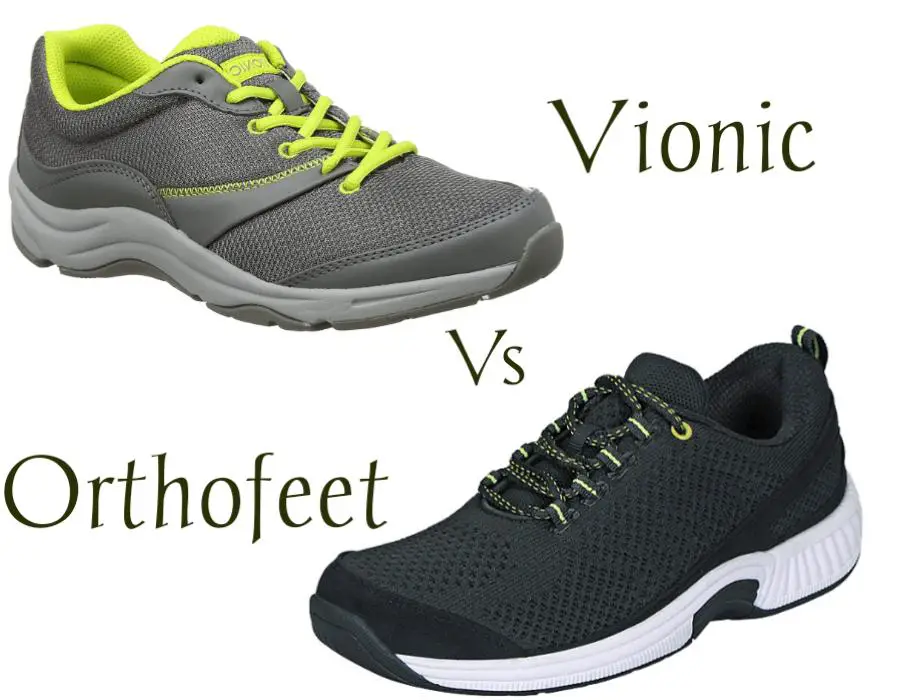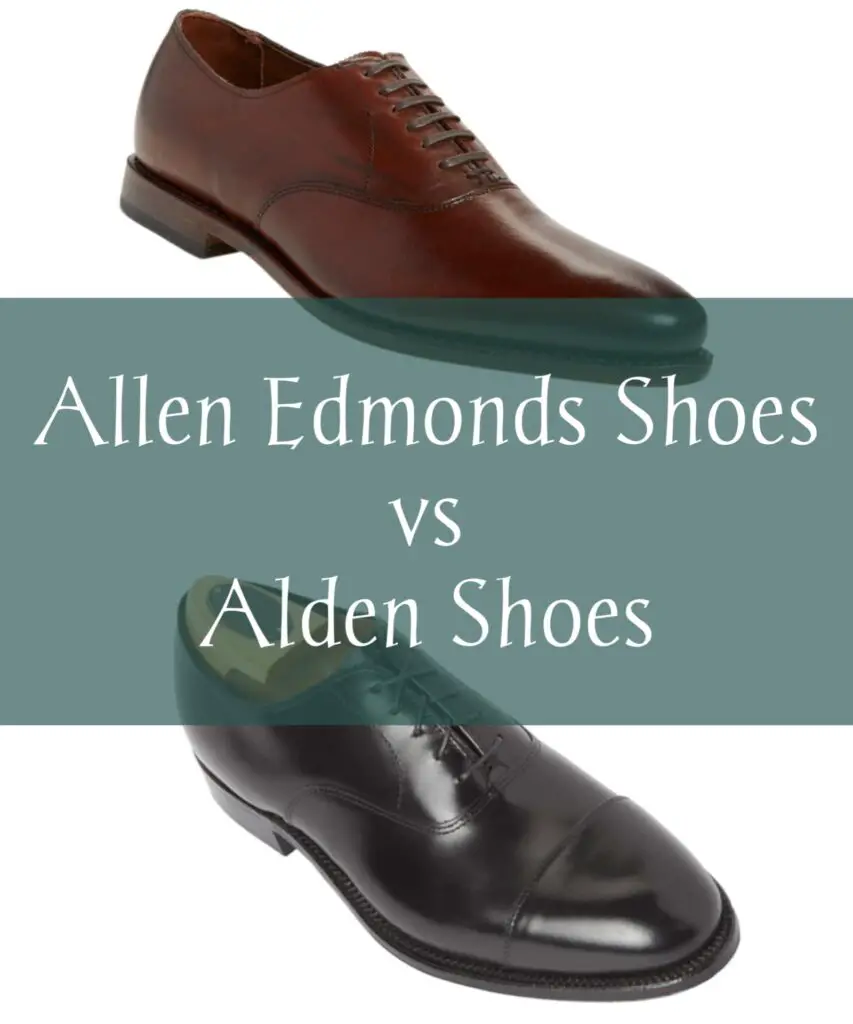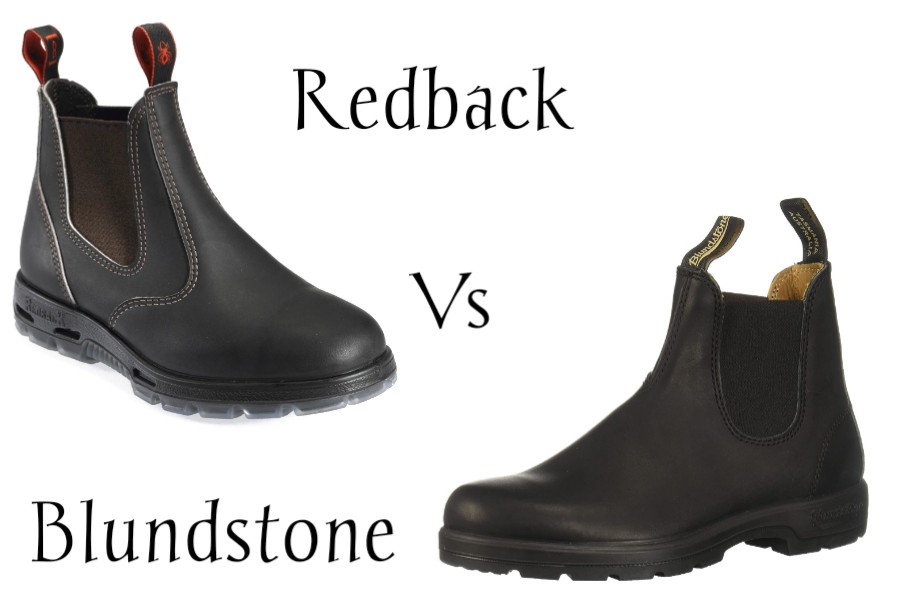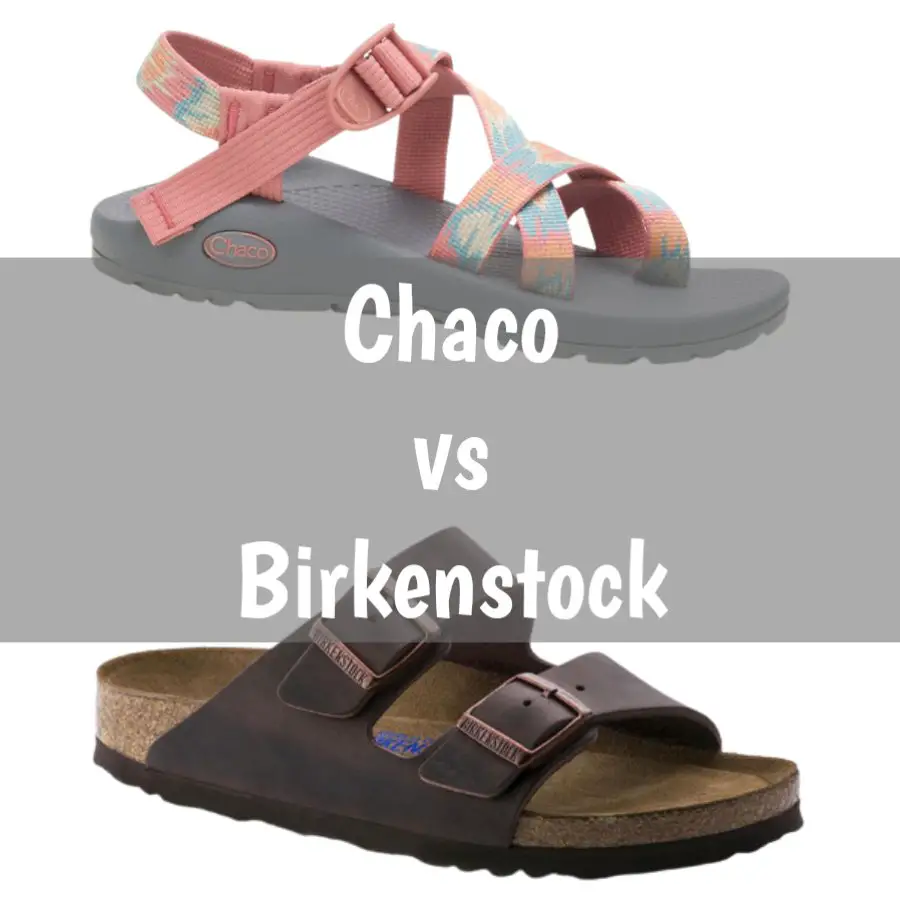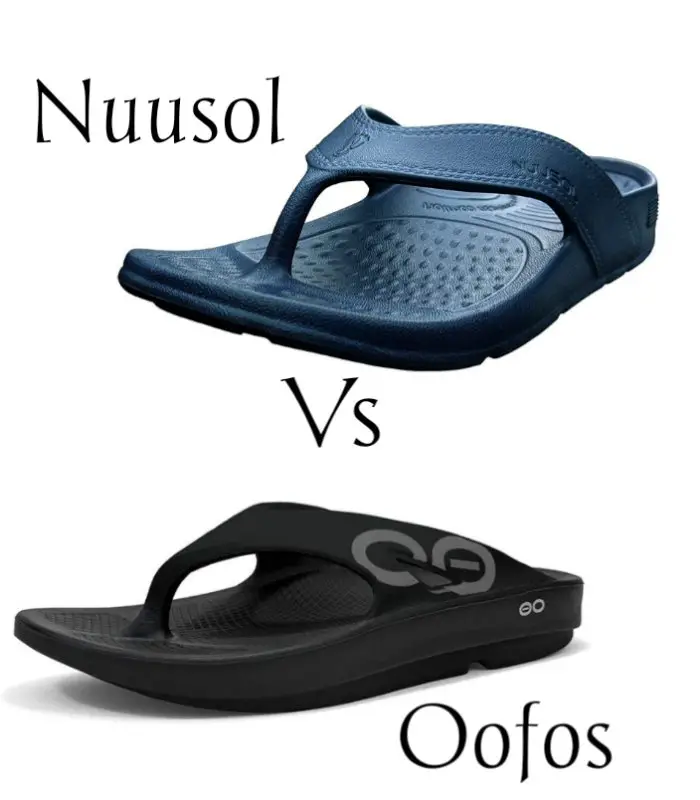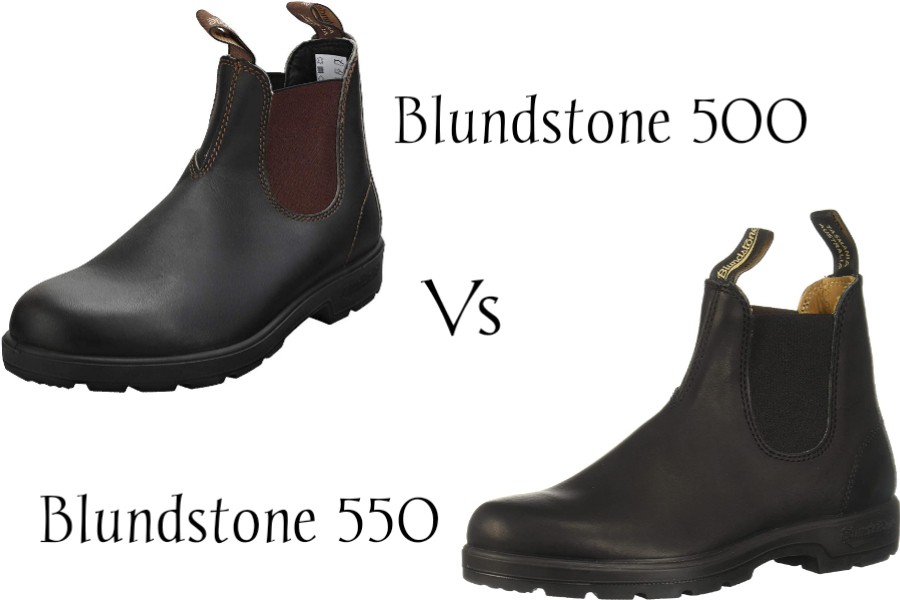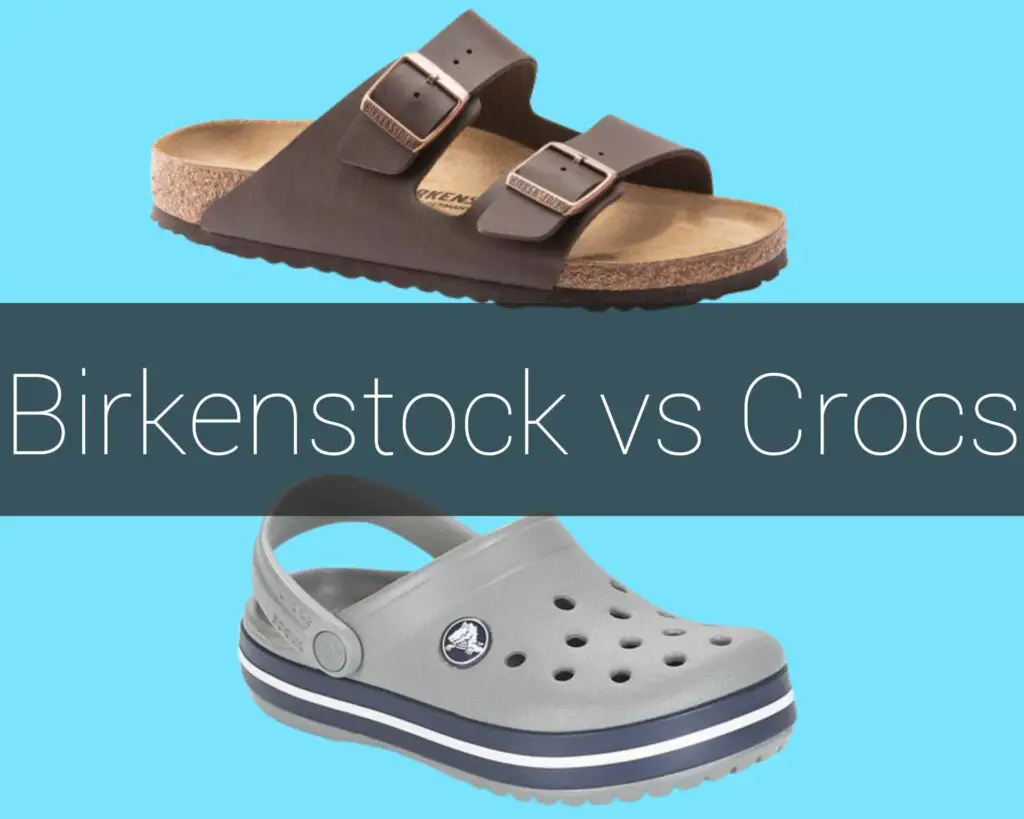People know Birkenstock as one of the best footwear that offers maximum arch support due to the ergonomically shaped footbed. The brand started with a regular footbed, also known as the original footbed, but later grew to invent a new footbed known as the soft footbed.
The Birkenstock footbed replicates the footprint on the sand, suiting all kinds of foot shapes and sizes. Aside from the maximum arch support the footbed provides, it also provides shock absorption and a strong grip on your feet.
People who have been in touch with Birkenstock sandals and followed up on their inventions may not find it hard to differentiate between a soft footbed and a regular one. But for newbies in Birkenstock styles, the same may not apply to them, and that’s where this article comes into play.
Moreover, if you are finding it difficult to choose from either of the two as you don’t know which one suits you at the moment, this Birkenstock soft footbed vs regular comparison would do justice to it.
Related Post: Birko-Flor vs Leather Birkenstock: Which is Better?
Differences Between Birkenstock Soft Footbed and Regular
Regular Footbed |
Soft Footbed |
| Four layers: 2 jute fabric layers, cork-latex, and top suede lining | Five layers: 2 jut fabric layers, cork-latex, foam layer and suede lining |
| Longer break in period | Shorter break in period |
| Better stability and support | Soft and cushy feel but offers less support |
| Perfectly contours to the shape of the feet | Does not contour perfectly as the regular footbed |
| Regular footbed has black or yellow imprints | Soft footbed has only blue imprints |
Read Also: Birkibuc vs Birko-Flor: What is the Difference?
What is a Birkenstock Regular Footbed?

Birkenstock’s regular footbed is the first footbed featured in their sandals for maximum comfort. It bears an anatomical design that takes the natural shape of the foot. The footbed has up to four layers to make up the structure. They are:
- The First Layer of Jute
A layer of jute fabric serves as the foundation of the Birkenstock footbed. This layer helps to stabilize the next layer, which is the cork-latex layer.
- Cork and Latex Footbed
Following the first jute layer in the regular footbed is the cork-latex layer. It is the center of all Birkenstock sandals and it provides arch support and relieves pressure off your feet. The Cork and latex layer is not only flexible but also absorbs shock. As a natural material, it can also provide a warm feeling to your foot.
- The Second Layer of Jute
Coming after cork-latex material is another layer of thick jute fabric. It is placed around the side of the footbed to serve some purposes: to improve moisture absorption, increase durability and improve the structure of the footbed.
- Suede Lining
A suede material forms the top layer of the regular footbed as well as the soft footbed. It is the part that comes in direct contact with your foot floor. While the suede material gives you a soft and smooth feel, it also absorbs moisture and makes you feel warm on your feet, regardless of the weather.
As you wear Birkenstock sandals more often, it almost changes the shape of your foot to a better shape. However, the regular footbed is hard to break in until after a few times of wear. This is because of the cork footbed that grips the contours of your feet to provide maximum support.
Once you break in the footbed, it becomes even more comfortable and supports the arch of your foot at any angle. It molds to your feet and corrects the shape of your foot. It may take longer to feel happy with your Birkenstock, but the wait is worth it.
Read Also: Birkenstock vs Oofos: Which is Better?
When to Choose a Birkenstock Regular Footbed?
1. Plantar Fasciitis
When plantar fasciitis starts knocking and your foot arch feels like hell, the Birkenstock regular footbed can come to play. The footbed, which has a normal footprint that contours to your feet, lifts your arch and reduces pressure on your toes.
2. High Arch or Low Arch
Similarly, if you have a low arch or what most people call flat feet, the Birkenstock regular footbed would lift your arch. It is also suitable for those with high arch feet as it aligns with their feet.
Advantages of Regular Footbed
- Once you succeed in breaking them in, they provide long-term comfort to your feet and match your foot shape.
- It cures plantar fasciitis and other arch and heel foot problem
- It provides maximum arch support
- The shape of the footbed doesn’t change as time goes on
Disadvantages of Regular Footbed
- You need to wear it several times with a time range to fit your foot shape
- It takes a long time to break-in
- You can’t wear it for a long time during the first period of wear. You may start with a 2-4 hours time interval and increase it over time.
Read Also: Crocs vs Birkenstock: Which is Better?
What is a Birkenstock Soft footbed?

When people were complaining about the long time it takes to break into a regular footbed, the Birkenstock brand decided to introduce another footbed known as a soft footbed. It doesn’t hold much difference from the original footbed.
Unlike the regular footbed, the soft footbed features an extra layer, natural type foam anatomically shaped, found between the suede top liner and the flexible latex-cork layer. The extra foam layer contains millions of air bubbles that make the sandals more relaxing and comfortable.
However, there is a belief that the soft footbed could be very soft and lacks support, but that is not entirely true. The soft footbed provides a combination of soft and sturdy feeling to your feet. It is stable and gives maximum support to your feet.
For the newbies, you can identify the soft footbed Birkenstock sandals by seeing the blue stamp color on the sandals.
Read Also: Chaco vs Birkenstock: Which is Better?
When to Choose Birkenstock Soft Footbed
1. Extremely Low Arch
People whose foot arch has not fallen but have extremely low arch also need the Birkenstock soft footbed as it could lift their foot arch and relieve pressure off their toes.
2. Can’t Wait too Long to Break-in
If you need to rock your Birkenstock sandals for a long period without waiting for a break-in period, the soft Birkenstock footbed is for you.
4. Prefers a More Cushy Feel
You can choose a Birkenstock soft footbed if you have sensitive or hypersensitive feet to give you a soft feeling and absorb shock from the ground.
Advantages of Birkenstock Soft Footbed
- Its break-in period is less than the regular footbed
- It is most sufficing for sensitive, hypersensitive, and extremely flat feet
- The extra layer offers more cushioning to your feet than in a regular footbed
- You can rock the Birkenstock sandal right out of the box
Disadvantages of Birkenstock Soft Footbed
- Although it doesn’t take much time to break-in, it takes a longer period to fit with the foot due to the extra foam layer featured.
- It takes much time before it molds to the contour of your feet due to the memory foam.
Read Also: Birkenstock Sandals Material Comparison
Conclusion
Birkenstock sandals offer great comfort, whether from the regular or soft footbed. Those footbeds have their pros and cons, but with your preference, you can choose either of the two that suits you at the moment.
And I hope by now, you have learned their differences and can settle on the one suitable for your feet.
RELATED POSTS

